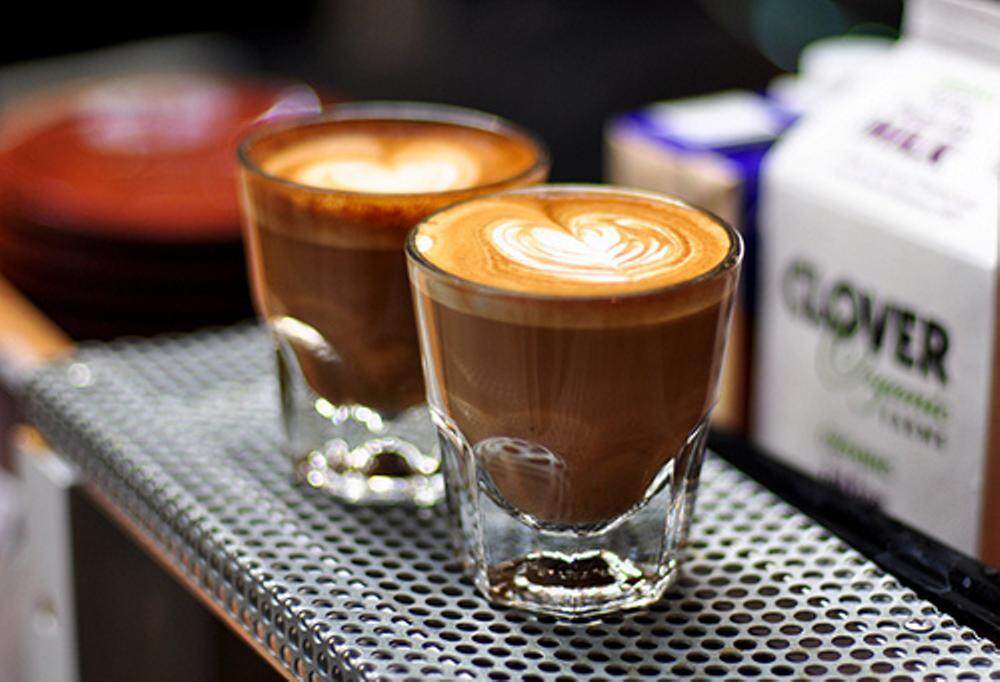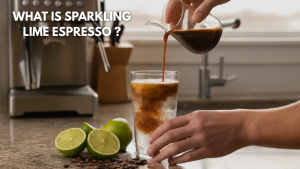
What Makes a Perfect Espresso?
What Makes a Perfect Espresso?
- Adam Smith
- 28-08-2024
- 23-07-2025
- 1933 views
- coffeepedia

Espresso, the heart and soul of many coffee drinks, is known for its rich flavor, bold intensity, and smooth crema. For coffee lovers, achieving the perfect shot of espresso is an art form, one that combines precise techniques, high-quality beans, and the right equipment. Whether you’re a seasoned barista or an espresso enthusiast, understanding what makes a perfect espresso will help you elevate your coffee experience.
In this blog, we’ll dive into the key elements of crafting the perfect espresso shot, including the role of beans, grind size, brewing techniques, and equipment. Let’s explore the science behind that tiny, intense cup of perfection.
The Basics of Espresso
Espresso is a concentrated coffee beverage brewed by forcing hot water through finely-ground coffee under high pressure. The result is a small but intense drink with complex flavors and a signature layer of crema on top. The hallmark of espresso lies in its richness and ability to extract flavors from the coffee beans in a short amount of time—typically 25 to 30 seconds.
Unlike drip coffee, which relies on gravity, espresso is brewed quickly with the help of pressure, which enhances the flavor and mouthfeel of the drink. A perfect espresso shot has three distinct layers:
- The Crema: The golden, creamy foam on top of the espresso that provides aroma and body.
- The Body: The middle layer, which holds most of the flavor compounds.
- The Heart: The bottom layer, where the concentrated flavors and bitterness reside.
Key Elements of the Perfect Espresso
1. The Beans
The foundation of any good espresso starts with high-quality coffee beans. The variety, origin, and roast of the beans significantly impact the taste and aroma of your espresso. Here are a few things to consider when choosing beans:
- Bean Variety: Coffee beans come in two main varieties—Arabica and Robusta. Arabica beans tend to have a sweeter, more complex flavor, while Robusta beans offer a stronger, more bitter taste. Many espresso blends use a combination of both to balance the flavors.
- Freshness: Fresh beans are crucial for a good espresso. Ideally, you want to use beans that have been roasted within the last two to three weeks and are stored properly in an airtight container to maintain their freshness.
- Roast Level: Espresso is typically made with medium to dark-roasted beans. These roasts bring out the rich, chocolatey, and nutty flavors that complement the espresso’s concentrated nature.
2. Grind Size
The grind size is one of the most critical factors in making a perfect espresso. The coffee grounds must be finely ground to the consistency of granulated sugar. Too fine a grind will lead to over-extraction, resulting in a bitter and harsh taste. On the other hand, too coarse a grind will result in under-extraction, leading to a weak and sour shot.
The ideal grind size ensures that the water extracts just the right amount of flavor from the coffee grounds within the short brewing time. Using a burr grinder is recommended for more consistent and even grinds, which is key to producing a balanced shot.
3. The Coffee Dose
Espresso typically uses a standard dose of 18-20 grams of ground coffee for a double shot (or about 7-9 grams for a single shot). The amount of coffee you use directly affects the flavor and intensity of the shot. Too little coffee will result in a weak shot, while too much coffee will cause resistance to the water flow, creating a bitter and over-extracted espresso.
Finding the correct coffee dose and making adjustments based on personal taste is crucial in achieving a perfectly balanced espresso shot.
4. Tamping
Tamping is the process of compressing the coffee grounds evenly into the portafilter basket to ensure uniform extraction. Proper tamping allows for even water flow through the coffee grounds, preventing “channeling,” where water finds weak spots in the coffee puck and flows unevenly.
To tamp correctly:
- Use a level and firm tamping pressure (about 30 pounds of pressure).
- Ensure the coffee is level and evenly distributed before tamping.
- Avoid over-tamping, which can lead to over-extraction and bitterness.
5. Water Temperature and Pressure
The water used in espresso brewing plays a significant role in the final result. The ideal brewing temperature for espresso is between 195°F and 205°F (90°C – 96°C). Water that’s too hot will over-extract the coffee, resulting in bitterness, while water that’s too cold will under-extract the coffee, leading to a sour and weak taste.
Pressure is another key element—espresso machines use around 9 bars of pressure to force hot water through the coffee grounds. Consistent pressure is important for even extraction, and modern espresso machines are designed to maintain this pressure throughout the brewing process.
6. Brew Time
The brew time for a perfect espresso shot is usually between 25 to 30 seconds. This is the amount of time it takes for the hot water to pass through the coffee grounds under pressure. Too short a brew time leads to under-extraction, resulting in a weak, sour espresso, while too long a brew time will over-extract the coffee, making it bitter and unpleasant.
The goal is to extract the optimal amount of soluble compounds from the coffee, including oils, acids, and sugars, for a balanced and flavorful shot.
7. The Crema
Crema is the golden-brown foam that forms on top of a shot of espresso. It’s created when the water pressure emulsifies the coffee oils and creates tiny bubbles. A thick, rich crema is a sign of a well-brewed espresso and adds depth to the flavor.
The presence and quality of crema are influenced by the freshness of the coffee beans, the grind size, and the extraction process. Fresh beans, a fine grind, and proper brewing will produce a thick layer of crema that contributes to the body and texture of the espresso.
Fine-Tuning Your Espresso Technique
To truly master the art of espresso, fine-tuning each element is essential. Here are a few tips to perfect your espresso-making skills:
- Adjusting the Grind: Depending on the results of your shot, you may need to adjust the grind size. If the espresso tastes sour and under-extracted, try a finer grind. If it tastes bitter and over-extracted, try a coarser grind.
- Dialing in the Dose: If your espresso is too weak, increase the amount of coffee you’re using. If it’s too strong, reduce the dose slightly.
- Practicing Tamping: Ensure that you tamp evenly and consistently every time. A level tamp ensures that water flows through the coffee puck evenly.
- Experimenting with Beans: Different beans will produce different flavors in espresso. Experiment with various origins, roasts, and blends to discover the flavors you enjoy most.
- Using a Quality Machine: A good espresso machine is an investment in your coffee journey. Look for machines that maintain consistent temperature and pressure to ensure the best results.
Conclusion: The Perfect Espresso is Personal
Making the perfect espresso is both a science and an art. While the fundamentals of good espresso remain the same—high-quality beans, proper grind size, consistent water temperature and pressure, and accurate timing—the perfect shot is ultimately subjective. What matters most is finding the right balance of flavors that suits your palate.
With practice and a passion for coffee, you can master the art of making the perfect espresso and savor a rich, bold, and beautifully balanced cup every time.






















